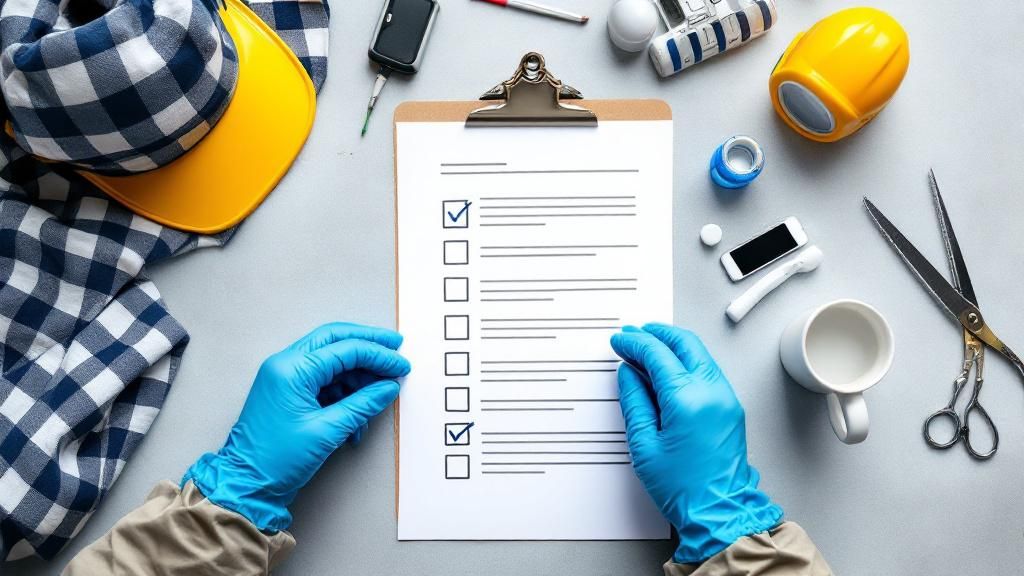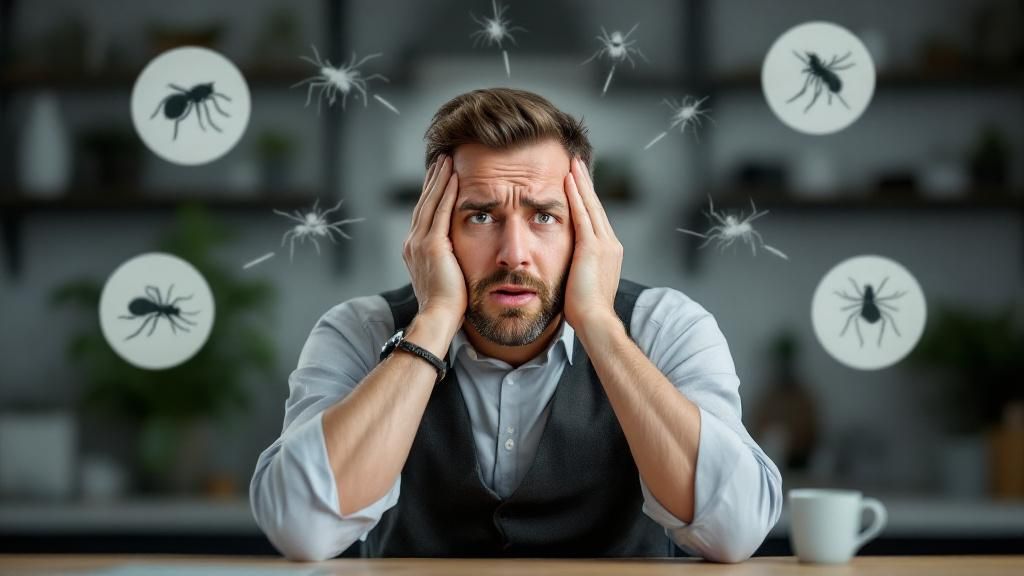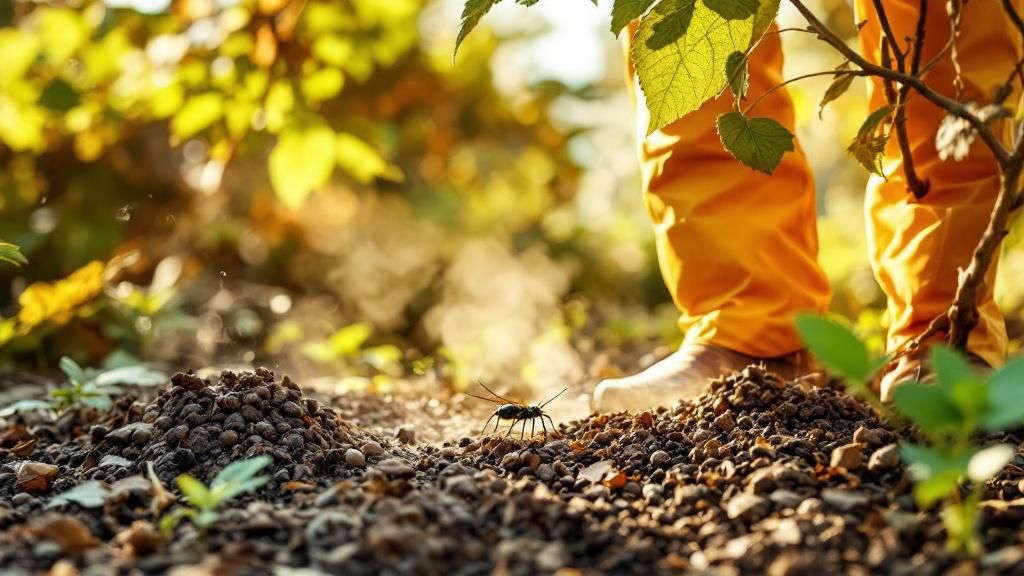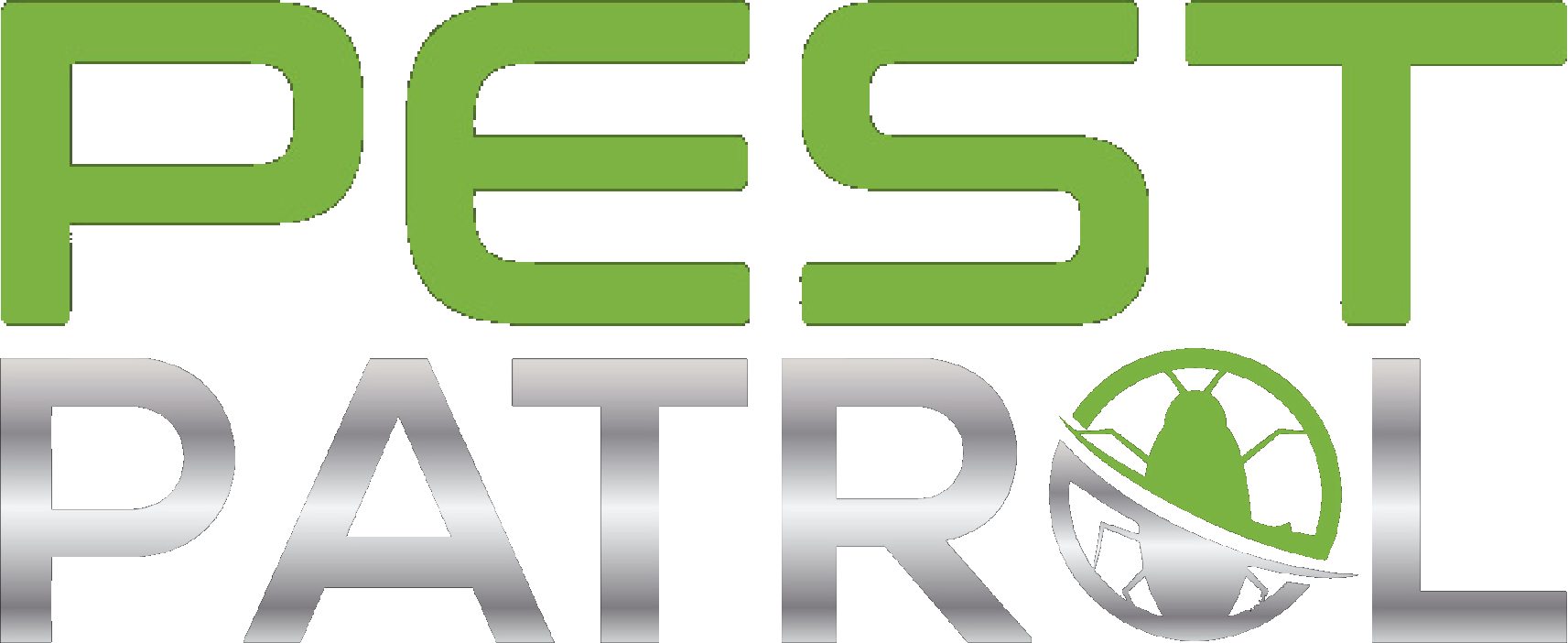Key Takeaways
- Pest infestations can significantly increase operational costs for businesses.
- They can damage inventory, leading to financial losses and supply chain disruptions.
- Infestations may harm a company’s reputation, affecting customer trust and loyalty.
- Effective pest management is crucial to minimize economic impact and maintain business stability.
- Investing in regular pest control inspections can prevent costly emergency pest control measures.
Pest infestations can have a economic impact of pests on businesses, affecting both economic stability and operational efficiency. Pests are notorious for causing significant economic damage, as they can reduce crop yields and damage goods during transportation and storage. This leads to substantial financial losses for farmers and homeowners alike. Implementing pest control services is a vital step in minimizing these economic impacts and supporting a healthy community.
By understanding these impacts and implementing effective pest management strategies, businesses can mitigate risks and explore potential variations or next steps to enhance their pest control efforts.

Preparing for Pest Control Challenges
To effectively prepare for pest control challenges, it is crucial to explore various methods and approaches that can lead to successful outcomes. Each method has its unique advantages, and understanding when and why to choose a particular approach can significantly impact the effectiveness of pest management efforts.
One common method involves the use of chemical treatments. These are often chosen for their immediate and potent effects, particularly in severe infestations where quick action is necessary. Chemical treatments can be applied in various forms, such as sprays, baits, or powders, and are effective in eliminating a wide range of pests. However, they may not always be the best choice for those concerned about environmental impact or safety, especially in homes with children or pets.
Alternatively, Biological Control methods offer a more environmentally friendly solution. This approach involves using natural predators or parasites to control pest populations. For instance, introducing ladybugs to a garden can help manage aphid infestations. Biological control is often preferred in agricultural settings or for those seeking sustainable pest control solutions, as it minimizes chemical use and promotes ecological balance.
Integrated Pest Management is another comprehensive approach that combines various strategies to achieve long-term pest control. IPM emphasizes prevention, monitoring, and control, using a combination of biological, cultural, physical, and chemical tools. This method is ideal for those looking to implement a holistic pest management plan that reduces reliance on pesticides and focuses on sustainable practices.
By understanding the different methods and their applications, individuals and businesses can make informed decisions that align with their pest control goals and values.
Step by Step Guide to Managing Pests
When managing pests, it’s important to follow a structured approach to ensure effective results. Begin by conducting a thorough pest control inspection to identify the types of pests present and the extent of the infestation. This initial step is vital for developing a targeted pest management plan tailored to your specific needs.
Once you have identified the pests, choose the appropriate pest control solutions. This may involve using chemical treatments, traps, or natural remedies depending on the severity of the infestation and your personal preferences. It’s necessary to follow all safety guidelines and instructions when applying these solutions to avoid any health risks or damage to your property.
During the Pest Management process, you might encounter potential problems such as resistance to treatments or re-infestation. To address these issues, consider consulting local pest control experts who can provide professional advice and alternative strategies. Additionally, implementing preventive measures such as sealing entry points and maintaining cleanliness can help prevent future infestations.
By following these steps and addressing potential problems proactively, you can effectively manage pests and maintain a pest-free environment.
Expert Tips for Effective Pest Management
Implementing effective pest management strategies is crucial for maintaining a safe and clean environment in commercial spaces. Here are some expert tips to enhance your pest management efforts:
- Implement Pest Prevention Strategies: To maintain a pest-free commercial space, focus on prevention, regular inspections, and proactive maintenance. These measures help identify potential pest issues early, allowing you to address them before they escalate. Regular inspections can reveal entry points or conditions conducive to pest infestations, enabling timely interventions.
- Select the Right Pest Control Providers: When selecting pest control providers, especially for large venues, ensure they have experience in handling venue-specific challenges. Verify their licenses and certifications to ensure compliance with safety standards. This is particularly important for events in areas like Portland, where regulations may vary.
- Controlling flies in kitchens: Flies are a common problem in commercial kitchens, posing health risks by transmitting diseases such as typhoid fever and cholera. Maintain strict sanitation practices, use fly traps and baits, and seal entry points to prevent contamination. These measures help in keeping the kitchen environment safe and hygienic.
- Choose Eco-Friendly Pest Control Services: When choosing pest control services, verify their licensing and insurance to ensure they meet safety standards. Inquire about their methods and prioritize services that use eco-friendly products. This not only aligns with environmental values but also ensures the safety of your commercial space.
- Owner’s commitment: A commitment to customer care and community service is essential in pest management. Providers like Pest Patrol emphasize building trust with clients, ensuring that customer needs are prioritized and addressed effectively.
By integrating these expert tips into your pest management plan, you can ensure a safer and more efficient approach to controlling pests in commercial spaces.

Troubleshooting Common Pest Control Issues
- Identify the Pest Problem
Begin by accurately identifying the pest issue you are facing. Common pests include bed bugs, termites, and rodents. Each pest requires a different approach, so proper identification is crucial. Misidentifying the pest can lead to ineffective treatment and wasted resources. Use online resources or consult local pest control experts if you are unsure. - Assess the Severity of the Infestation
Once you have identified the pest, assess how severe the infestation is. Check for signs such as droppings, nests, or damage to property. This assessment will help you determine whether you can handle the problem yourself or if you need emergency pest control services. Avoid underestimating the situation, as this can lead to larger issues down the line. - Choose the Appropriate Pest Control Method
Select a pest control solution that is suitable for the type of pest and the severity of the infestation. For minor issues, DIY methods such as traps or natural repellents may suffice. For more significant problems, consider hiring commercial pest control services. Be cautious of using chemicals without proper knowledge, as they can be hazardous to health. - Implement the Chosen Solution
Execute the pest control method you have selected. If you are using a professional service, ensure they provide fast and efficient service to minimize disruption. For DIY methods, carefully follow instructions to avoid potential pitfalls, such as improper application of products. - Monitor and Prevent Future Infestations
After addressing the current issue, implement pest management strategies to prevent future infestations. Regular Pest Control Inspection and maintenance are essential, especially in commercial spaces where pest control challenges are more prevalent. Keep areas clean and sealed to reduce the risk of pests returning.
Exploring Alternatives in Pest Management
When exploring alternatives in pest management, it is essential to consider various eco-friendly methods that minimize the use of chemical pesticides. Before initiating any pest control measures, it’s important to prepare adequately to ensure the effectiveness and safety of the chosen methods.
To begin, assess the area where pest management is needed. Identify the specific pests present and the extent of their infestation. This initial step is vital for selecting the most appropriate control methods. Once the assessment is complete, gather the necessary tools and materials. For physical removal methods, you will need equipment such as traps.
Safety precautions are paramount when implementing pest management strategies. Ensure that you wear appropriate protective gear, such as gloves and goggles, to protect yourself from potential hazards. If you are using biological control organisms, such as predator insects or microbial pathogens, handle them with care to maintain their viability and effectiveness. These organisms play a crucial role in integrated pest management by keeping pest populations in check without harming the environment.
Finally, consider the setup requirements for biological pest control. This method involves introducing natural predators or competitors, such as ladybugs, lacewings, and nematodes, to target specific pests in your garden. Ensure that the environment is conducive for these biological control agents to thrive and effectively manage pest populations. By preparing adequately and following these safety precautions, you can successfully implement sustainable pest management solutions.

Summarizing Pest Control Strategies
Pest control is a crucial aspect of maintaining a healthy and safe environment, whether at home or in commercial spaces. This guide addresses the common challenges posed by various pests, which can lead to health risks, property damage, and financial burdens. Understanding effective pest control strategies is essential for preventing infestations and managing existing problems efficiently. By learning these skills, individuals can implement proactive measures to safeguard their surroundings, ensuring a pest-free environment that promotes well-being and peace of mind.
Frequently Asked Questions
- How Do Pest Infestations Affect Business Finances?
Pest infestations can lead to significant financial losses due to damaged goods, repair costs, and potential fines from health violations. - Can Pest Infestations Impact Employee Productivity?
Yes, pest infestations can negatively affect employee productivity by creating an uncomfortable and potentially unsafe work environment. - Are There Any Long-Term Economic Impacts of Pest Infestations on Businesses?
Long-term impacts include potential damage to a company’s reputation, leading to decreased customer trust and loss of business. - What Industries Are Most Affected by Pest Infestations?
Industries such as food service, hospitality, and agriculture are particularly vulnerable to the economic impacts of pest infestations.


